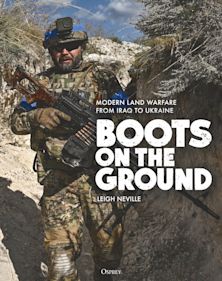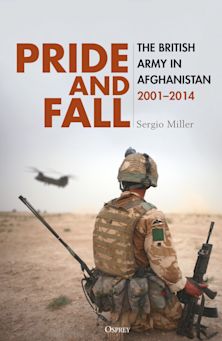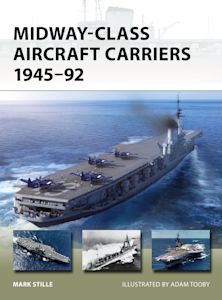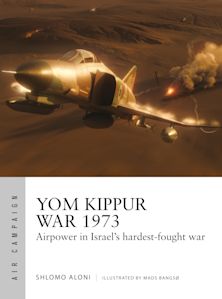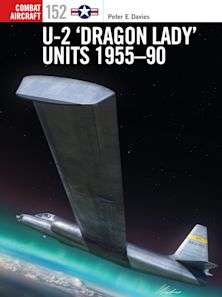Takur Ghar
The SEALs and Rangers on Roberts Ridge, Afghanistan 2002
Takur Ghar
The SEALs and Rangers on Roberts Ridge, Afghanistan 2002
Description
In the early morning hours of March 4, 2002, a reconnaissance team of US Navy SEALs from the Tier One Naval Special Warfare Development Group attached to Joint Special Operations Task Force 11 attempted to infiltrate onto an Afghan mountain peak in support of what was then the largest operation conducted by US forces since Vietnam, Operation Anaconda. The SEALs were tasked with establishing covert observation posts to call in air strikes on al Qaeda positions in the infamous Shah-i-Khot Valley close to the Afghan-Pakistan border.
Anaconda was designed to engage large numbers of foreign al Qaeda fighters who had fled to the valley after the overthrow of their hosts, the Taliban government and the later battle of Tora Bora in December 2001 which forced many of the foreign fighters toward the border and into the Shah-i-Khot, a traditional refuge of mujahideen in the 1980s. Anaconda brought together both conventional American forces and a large collection of US and Coalition special operations forces to hunt down the al Qaeda remnants.
As the SEAL's special operation Chinook, flown by the Nightstalkers of the 160th Special Operations Aviation Regiment, attempted to land on the peak of the 11,000 foot Takur Ghar, hidden al Qaeda defenders sprang an ambush. The Chinook was struck by RPGs and small arms fire and banked away to escape. In the process, a SEAL fell from the rear ramp and tumbled into the snow below. The crippled Chinook managed to escape the ambush and land several kilometres away.
A second Chinook was dispatched which picked up the SEAL team and flew them back to the peak of Takur Ghar in a desperate search for the missing SEAL. As the SEALs and their Air Force Combat Controller exited the helicopter they were immediately engaged by the al Qaeda defenders. A ferocious firefight erupted resulting in the death of the Combat Controller and two SEALs being wounded. Eventually the outnumbered SEALs were forced to withdraw from the peak.
At Bagram, the Task Force 11 Quick Reaction Force was launched to attempt a rescue of the SEALs. The QRF was comprised of two Nightstalker Chinooks carrying Army Rangers and Air Force Combat Controllers and Para Rescue Jumpers, specialists in Combat Search and Rescue. Due to both command difficulties and communications problems, the one of the QRF Chinooks never received a warning about landing on the peak. Instead, the Chinook landed directly onto the peak and into the sights of al Qaeda.
The Chinook was immediately struck by RPG, recoilless rifle and heavy machine gun fire killing or seriously wounding several Rangers and Nightstalkers. The QRF became engaged in an epic seventeen hour firefight, finally killing or driving off all al Qaeda fighters from the peak with a combination of superb small unit tactics and danger close air strikes from F-16s, F-15s, an AC-130 and an armed CIA RQ-1 Predator. Al Qaeda reinforcements were kept at bay by an Australian Special Air Service OP on a nearby mountain which called in air strikes whenever reinforcements neared the trapped Rangers and SEALs.
Product details
| Published | Mar 19 2013 |
|---|---|
| Format | Paperback |
| Edition | 1st |
| Extent | 80 |
| ISBN | 9781780961989 |
| Imprint | Osprey Publishing |
| Illustrations | 46 col |
| Dimensions | 248 x 184 mm |
| Series | Raid |
| Short code | RAID 39 |
| Publisher | Bloomsbury Publishing |

Resources
Discover More
Visit our exclusive member's website to see artwork, maps, and more from this book.

Resources
Book Vote
Tell us what titles you would like to see published by Osprey, then vote for your favourites in our monthly book vote!















